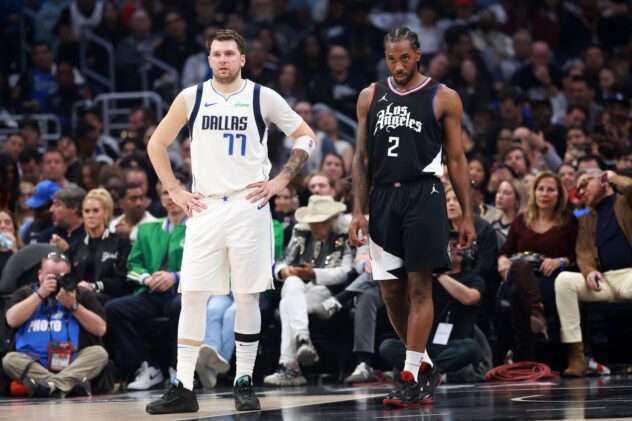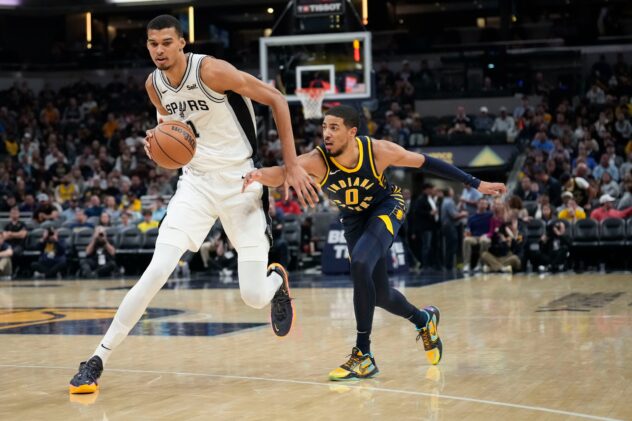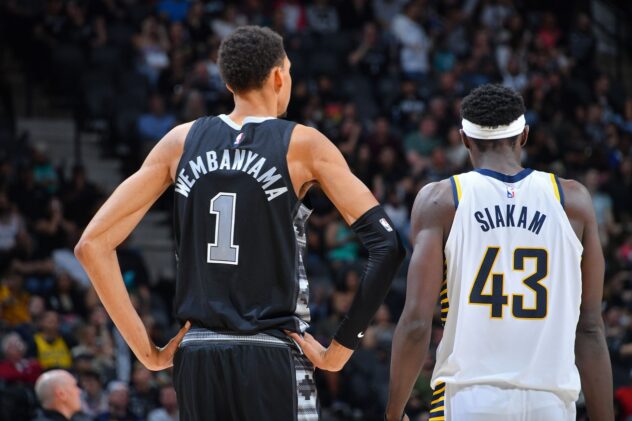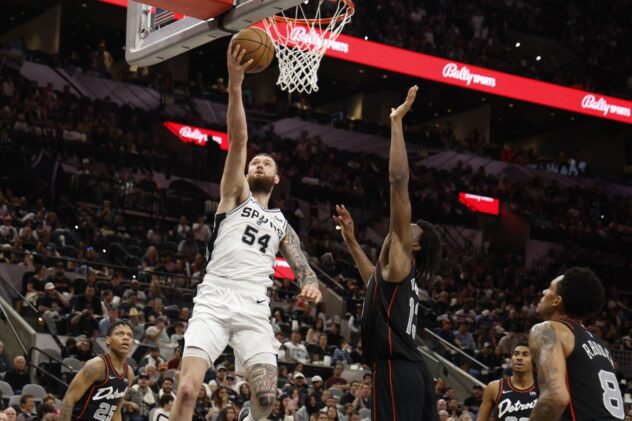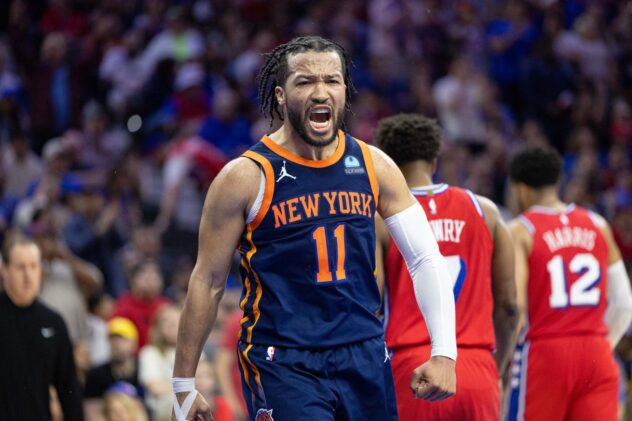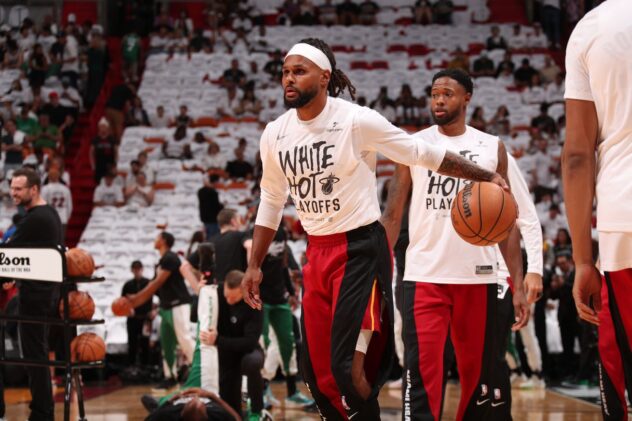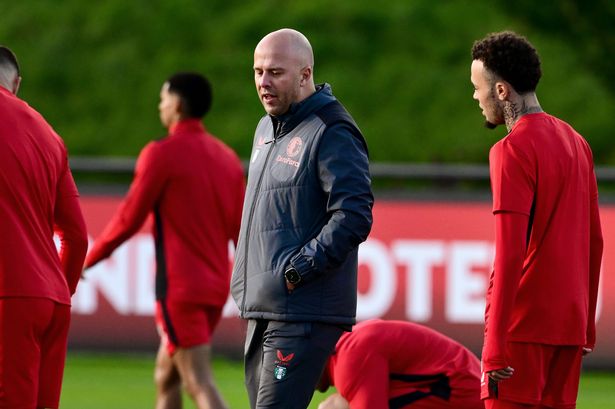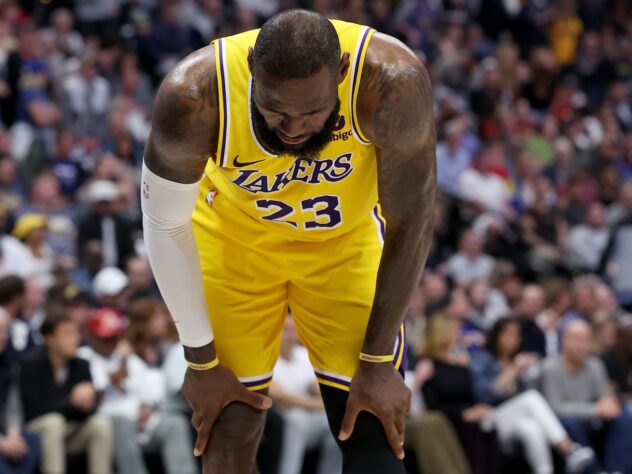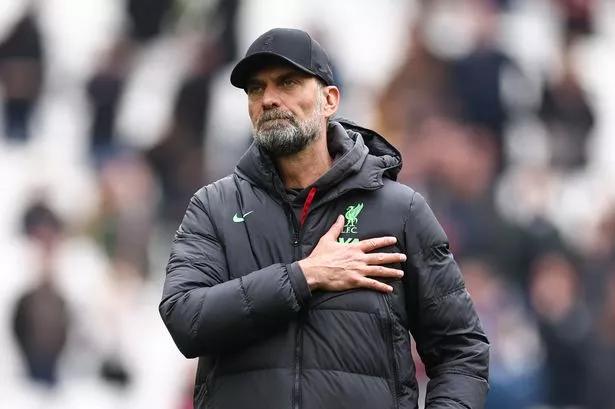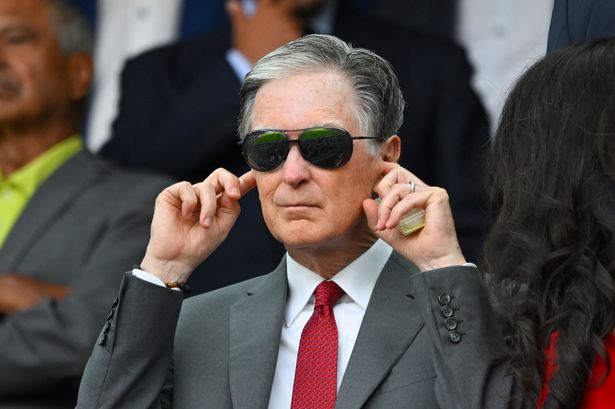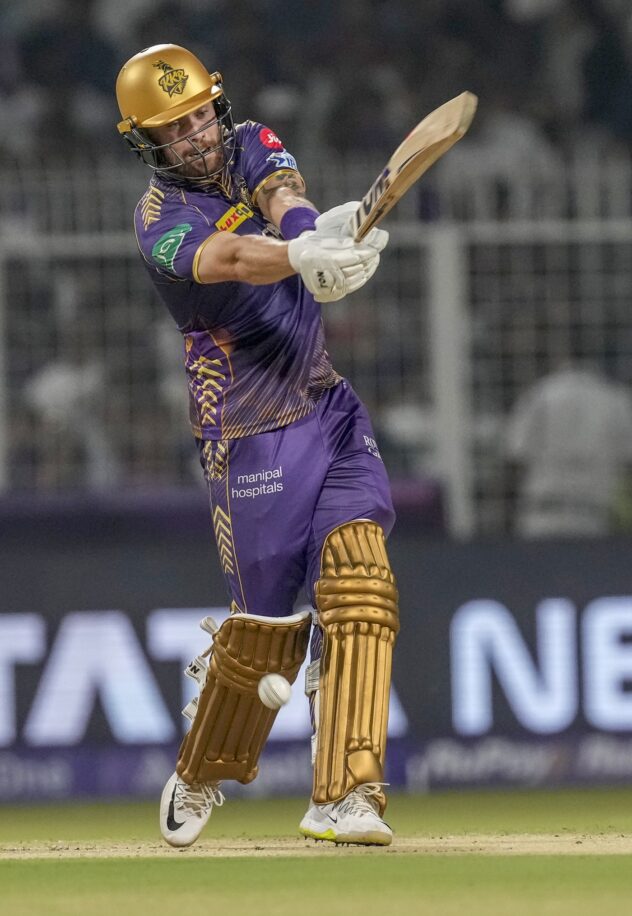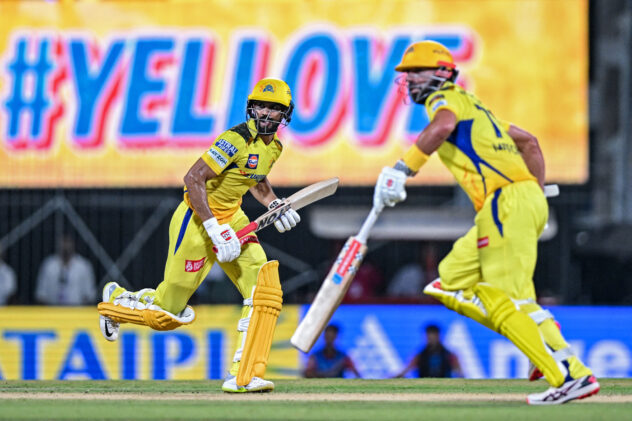Derrick White has to punish defenders for going under screens
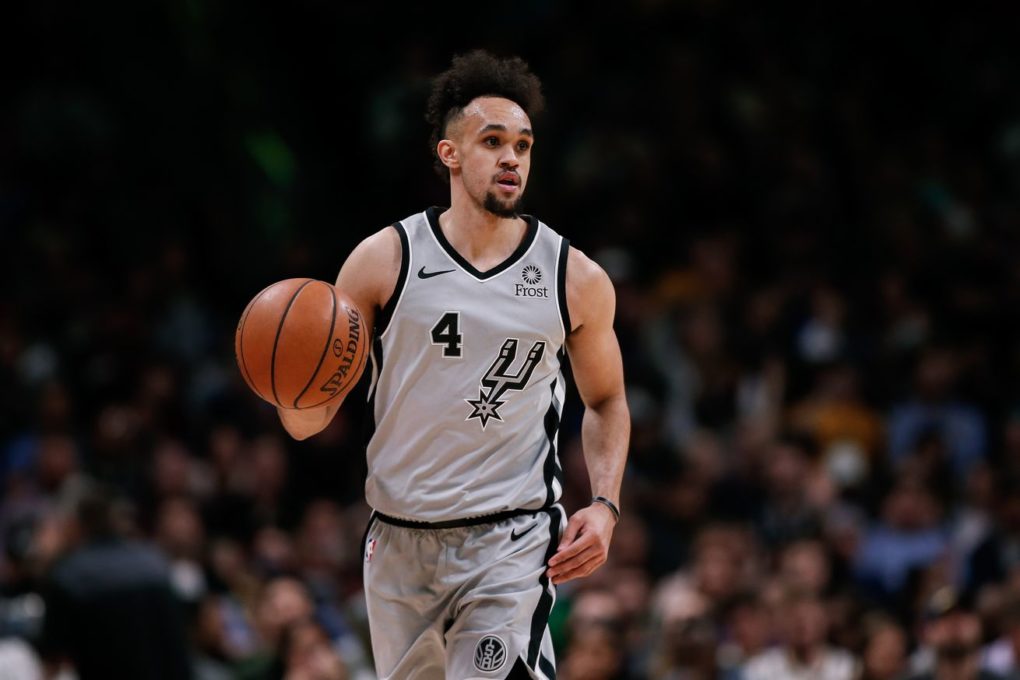
Opponents have adjusted to White’s offensive game, now he needs to make adjustments of his own to help the Spurs in the playoffs.
Derrick White’s development has played a huge part in the Spurs making it to the postseason this year. He’s been a stabilizing two-way force in the rotation, making his mark mostly on defense but also filling in the gaps on offense as a scorer and creator. He’s established himself as a quality NBA player.
The downside to becoming a key cog on a good team is that it’s hard to catch opponents off guard anymore. Teams now make stopping White part of their game plan. One of the ways they are trying to accomplish that lately is by going under screens at times, daring him to shoot.
It’s been effective. White has been cold from outside. His points per drive and assist percentage have been lower in the past five games, and he has been a bit more turnover prone. Adjusting has been tough, but even through some of his struggles he has shown that he has the tools to adjust and make the defense pay for guarding him in such a way.
The adjustment from defenses was inevitable. White has very few weak spots on his already well-rounded game, but shooting is arguably one of them. He’s not a liability per se, but he’s reluctant to pull the trigger, averaging a low-for-a-guard three three-pointers per 36 minutes this season. His pickiness has not resulted in great efficiency, as he’s made just 33 percent of his attempts, comfortably below league average. Again, those numbers aren’t terrible but are suspicious enough that opponents have felt comfortable for a while about occasionally leaving him open off the ball. Now they are taking the rational next step and going under on screens in order to keep him from driving to the rim, where he’s a threat to score or feed the big men in the pick and roll.
Until White proves that he can make the defense pay consistently for guarding him like that, that’s how he’s going to be defended, and it seems like he knows it. He’s taken some open three-pointers already, including some bold ones early in the shot clock, in order to keep defenses honest.
It’s a good first step. He needs to keep taking those types of shots without fear going forward, especially if he’s going to share the perimeter with other non-shooters like DeMar DeRozan and Dejounte Murray next season. He’s been deadly from the top of the arc on an admittedly low number of attempts, which is encouraging. He should become a serious threat on ball screens extending to the three-point arc eventually. Unfortunately, he’s not really one now. White is shooting a very good 37 percent on pull-up threes, but he’s only taken a total of 35 this season, and the vast majority have been wide open. Firing and even hitting some long shots off the bounce won’t be enough to force the defense to play him close, not when doing so could allow him to unlock his driving and passing game.
Fortunately, there have been encouraging signs about White’s ability to adjust beyond just firing more. He’s been fantastic the entire season from the in-between area and has been especially lethal from the elbows, where he’s made over 60 percent of his attempts. That shot should be available to him if other defenders go under screens, as long as he aggressively pursues it. White can be a little too patient at times, probing to see what the defense will concede, which is undoubtedly a strength. If the man guarding him just gives him room, however, he’ll need to be assertive and make quick decisions. One setting in which he’s not always been able to do that is when the bigs flip the pick and re-screen for him. In those situations hesitating will allow opponents to recover. He needs to either make an explosive move towards the basket or pull up.
Setting staggered ball screens for White instead of having him use the same one twice might be a simpler way to get him some open shots. The Spurs have experience using that tactic to get Tony Parker open and have kept it in their playbook to force switches. If White can hit some looks off those type of plays, the defense will have to react to him, which could open up passing lanes inside. White’s been great at finding the big men in scoring position all season and should be able to pounce on the confusion that involving more defenders on screens tends to cause.
Another good way for White to avoid playing into the defense’s hands is to simply not use the screen at all. If White can have his defender move in anticipation of an incoming screen, he can get a lane to attack the basket, make the big man commit to him on a switch, or drop down to give him an open mid-range jumper. White has been good at manipulating defenses with head fakes throughout the season so there’s no reason to believe he won’t be able to continue to do so in the playoffs. LaMarcus Aldridge in particular seems like a good partner in this dance, since defenses have to account for him as a screener.
White seems to have enough tools to remain effective as an offensive player even if opponents try to go under screens to make him a shooter, but he will have to be decisive. He won’t be able to hesitate. If he’s going to shoot, he’ll have to do it right away; if he’s going to move towards the basket, he’ll have to do it with conviction. It will be his first big test since becoming a bonafide rotation player.
Eventually White will have to develop more as a shooter in order to reach his full potential and assuage concerns about his fit with other guards in the roster. For now, if he can make an impact on offense even with a shaky jumper in the playoffs, he could give the Spurs just enough extra firepower to dream of an upset or, at the very least, a competitive series.
Source: Pounding The Rock

